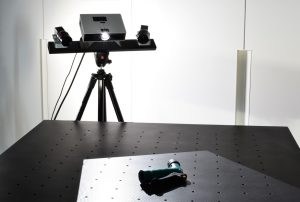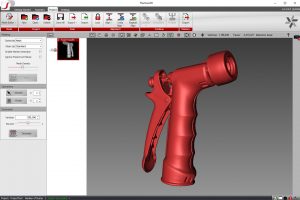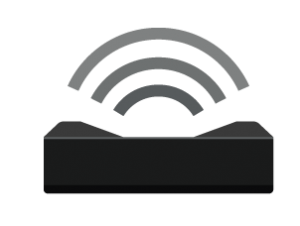How Structured-Light 3D Scanners Work
Looking for a way to capture physical objects? Interested in learning more about Structured-Light 3D Scanning? Introducing Polyga’s latest information hub: 3D Scanning 101.
What are Structured-Light 3D Scanners?
There are many uses for 3D Scanning: Quality Inspection, Product Development and Design, Artifact Documentation, Vision-Guided Robotics. The list goes on. But what is Structured-Light Scanning? And when would you use a Structured-Light Scanner?

Structured-Light Scanners work by projecting a series of parallel black and white patterns onto the scan target. When light projects onto the object’s surface, the patterns become distorted. The cameras capture these images and send them to the 3D scanning software for processing.

Structured-light 3D Scanners are a flexible tool for scanning a wide range of objects in different sizes and shapes. Ideal for highly detailed organic surfaces, fragile objects that cannot be touched physically, and scanning in volume: They can be automated to scan at factory production speed!
Advantages of Structured-Light 3D Scanners
There is a variety of tools and solutions available for 3D Measurement: Laser Scanners, CMMs, Photogammetry. It’s important to find the tool that is right for you. So, what does Structured-Light 3D Scanners have to offer?
No Contact Required with the Scan Target
Structured-light 3D Scanners are non-contact 3D scanners. The measurement device does not touch the object in order to get measurement data compared to other measurement tools like portable or optical CMMs. By removing physical contact, measurement interference is minimized to ensure better accuracy.
Fast at Capturing Quality 3D Scans at High Accuracy
Structured-light 3D Scanners are efficient at capturing measurements (upward of millions of 3D measurement points) with great accuracy (sub-thousands of an inch) in about one second.
Full Field Scanning

A structured-light 3D Scanner captures a large area of the object at once, which makes the 3D scanning process fast and efficient.
Easy to Automate the 3D Scanning Process
Structured-light 3D Scanners essentially works like a 3D camera. The 3D scanning process from data capture to post-processing can be setup to be fully automated.
FAQ
For a more in-depth look at the various advantages of Structured-Light 3D Scanning, check out our latest information hub: 3D Scanning 101.
For more information on our products, you can reach us at contact@www.polyga.com

